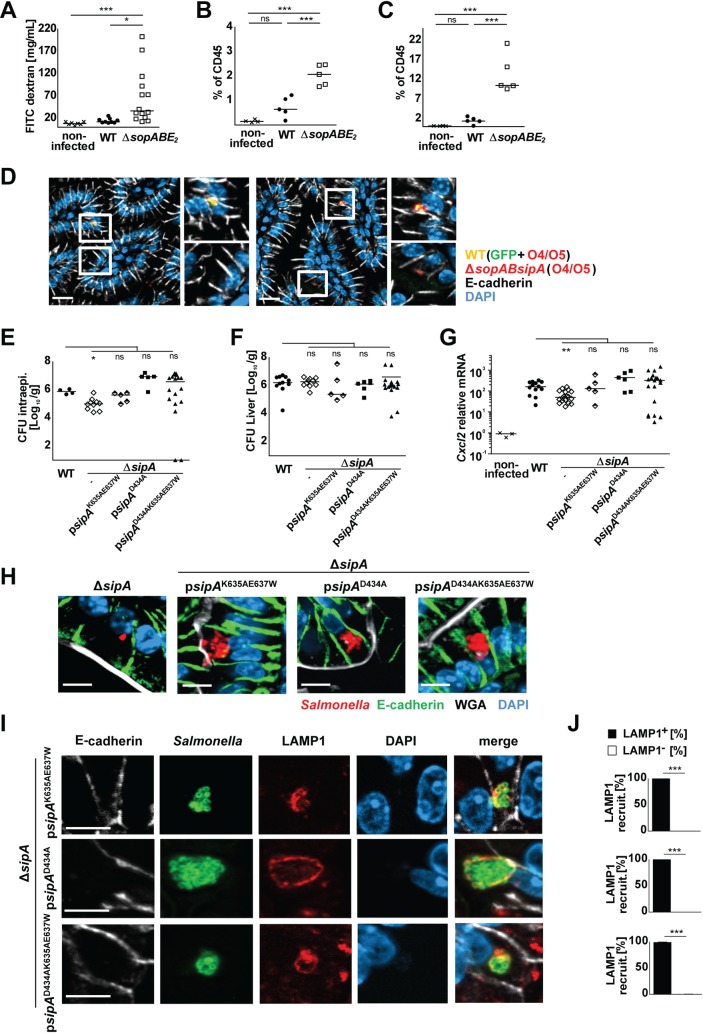Fig 6. The role of SipA for intraepithelial microcolony formation.
(A) Mucosal barrier integrity tested by serum quantification 4 hours after oral administration of FITC labeled-4kDa dextran. 1-day-old C57BL/6 mice were left untreated (crosses) or infected with WT (filled circles) or ΔsopABE2 (open squares) S. Typhimurium. FITC labeled-4 kDa dextran was quantified in serum at day 3 p.i. as indicated. (B and C) Flow cytometric analysis of lamina propria immune cells. 4-day-old mice were left untreated or orally infected with 100 CFU WT or ΔsopABE2 S. Typhimurium and total small intestinal leukocytes were analyzed by flow cytometry at day 3 p.i.. (B) Monocytes (Ly6ChiLy6G-CD11b+ MHCIIlo/-CD45+DAPI-) and (C) neutrophils (Ly6G+Ly6CintCD11b+ MHCIIlo/-CD45+DAPI-) are depicted as percentage of CD45+ cells in non-infected (crosses), WT (filled circles) and ΔsopABE2 Salmonella (open squares). The results represent the mean values from at least two independent experiments (n = 4–6 per group). (D) Immunostaining for Salmonella in small intestinal tissue sections at 4 days after co-infection with 100 CFU GFP-expressing WT (yellow) and ΔsopABsipA (red) S. Typhimurium. WT Salmonella appear in yellow due to simultaneous staining for O4/O5 antigen (red) and GFP (green). ΔsopABsipA Salmonella appear in red due to simultaneous staining for O4/O5 antigen (red). Counterstaining with E-cadherin (white) and DAPI (blue). Bar, 10 μm. (E-J) 1-day-old C57BL/6 mice were orally infected with 100 CFU WT (filled circles), ΔsipA (open diamonds), ΔsipA complemented with psipAK635A E637W (half-filled diamonds), ΔsipA complemented with psipAD434A (filled squares), or ΔsipA complemented with psipAD434A K635A E637W (filled triangles) S. Typhimurium. Viable counts in (E) isolated gentamicin-treated enterocytes and (F) total liver tissue homogenate at 4 days p.i.. (G) Quantitative RT-PCR for Cxcl2 mRNA in total RNA prepared from enterocytes isolated at 4 days p.i.. Values were normalized to uninfected age-matched control animals (crosses). Individual values and the mean from at least two independent experiments are shown (n = 4–7 animals per group). The data for WT Salmonella infected mice and uninfected control animals are identical to Fig 1A–1C. (H) Immunostaining for Salmonella (red) in small intestinal tissue sections at 4 days p.i. with 100 CFU ΔsipA, ΔsipA complemented with psipAK635A E637W, ΔsipA complemented with psipAD434A, or ΔsipA complemented with psipAD434A K635A E637W S. Typhimurium. Counterstaining with E-cadherin (green), WGA (white) and DAPI (blue). Bar, 5 μm. (I) Co-immunostaining for LAMP1 (red) and ΔsipA complemented with psipAK635A E637W, ΔsipA complemented with psipAD434A, or ΔsipA complemented with psipAD434A K635A E637W S. Typhimurium (green) in small intestinal tissue sections at day 4 p.i.. Counterstaining with E-cadherin (white) and DAPI (blue). Bar, 5 μm. (J) Quantitative evaluation of the percentage of intraepithelial S. Typhimurium associated with LAMP1 staining. All microcolonies from three tissue sections per infected neonate were analyzed (n = 3) at day 4 p.i.. Results represent the mean ± SD.

